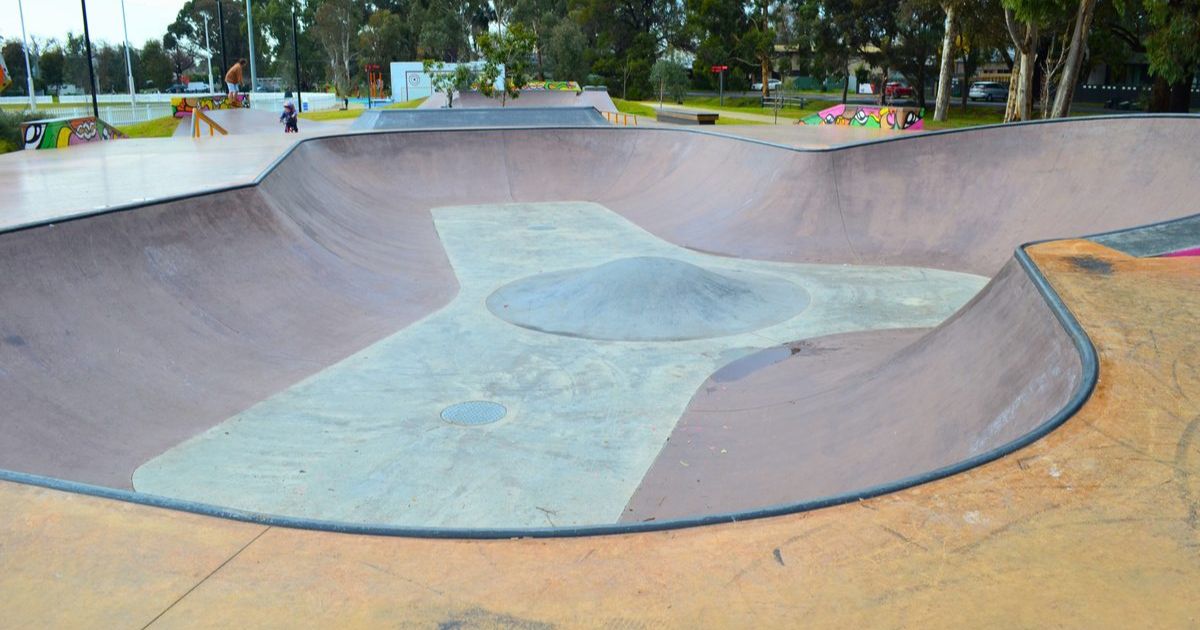Premier honours memories of The Avenue

Research: Phil Roberts attended every Arch of Victory – Avenue of Honour Committee meeting for five years before the publication of Avenue of Memories. Photo: EDWINA WILLIAMS
SITTING patiently through the presentation of ten different categories, Victorian Community History Award nominee, Phil Roberts thought organisers had missed something.
“I wasn’t quite sure what was happening,” he said. “The book that I had done wasn’t coming up on the screen.
“My wife, Geraldine and I waited through all the awards, and she said to me, ‘I think they’ve forgotten about your book.’”
But once the last award of Monday afternoon was announced, it was clear the nominated Avenue of Memories was far from overlooked.
Mr Roberts won the day’s most prestigious gong, the Victorian Premier’s History Award for this book, published by the Arch of Victory – Avenue of Honour Committee.
Presented by Premier Daniel Andrews’s wife, Catherine Andrews, Mr Roberts said it was a “real honour” for Ballarat, for him and the committee, amongst 120 entries.
“I was pleasantly surprised. I wasn’t at all expecting to have the main prize,” he said.
For him, the 100-plus year story of The Arch and The Avenue, the longest of its type in Australia, is “fascinating.
“You wouldn’t imagine you could write a 250-page book about an avenue of trees, but there’s just so much over 100 years.
“The actual planning itself is a strong story,” Mr Roberts said. “The building of The Arch’s funds mainly came from the first women’s football match in Victoria, which was in 1918 at the Eastern Oval.
“The future King of England, the Prince of Wales, came to open the arch in 1920.”
From 1917 to 1919, there were eight sessions of tree planting, the first during the war. Some of The Avenue’s trees closest to The Arch are even originals, having come from Victoria Park.
“They planted 500 trees in one afternoon, and it was a particularly wet day. The week before, the boys from the high school and Boy Scouts actually dug the holes.
“All the preparations were made in three weeks, it was quite an amazing story,” he said. “It was horse and buggy days, and those trees are still there. It’s been maintained over the 100 years, where many other avenues have faded away.”
With the award comes more exposure for Mr Roberts’s book.
He said people should read Avenue of Memories to understand the broad sacrifices of nurses, airmen, sailors and soldiers commemorated, from Alfredton to Weatherboard’s cairn.
“It has come to commemorate all the armed forces over the years.
“The Korean war and the Asian wars, for example, they now have a plaque on the Arch. Second World War has a plaque on The Arch, so it’s gone away from just commemorating World War One,” he said.
With the Garden of the Grieving Mother adjacent to The Arch, it’s become a commemorative precinct. The imperialistic term, ‘victory,’ is no longer widely celebrated as it once was.
“Over the 100 years, that attitude’s changed to recognise the grief and the horror of war. That’s a reason for people to read the book, to think about it.”


















